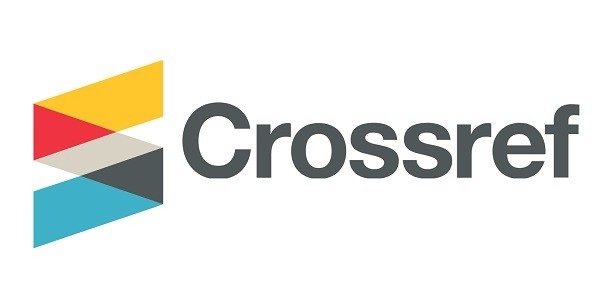PEMANFAATAN PALM FATTY ACID DISTILLATE SEBAGAI SUMBER ASAM OLEAT: DIVERSIFIKASI PRODUK SAMPING MINYAK KELAPA SAWIT SEBAGAI PRODUK ANTARA UNTUK INDUSTRI HILIR
DOI:
https://doi.org/10.24961/j.tek.ind.pert.2023.33.2.181Abstract
Palm Fatty Acid Distillate (PFAD) is a by-product of palm oil processing that contains essential components such as oleic acid, palmitic acid, and linoleic acid. Oleic acid is a saturated fatty acid that is present in high concentrations in PFAD. To extract oleic acid from PFAD, we used polar solvents such as methanol-water, acetone-water, and acetonitrile-water, and maintained the polar-non-polar solvent equilibrium with water. We measured the quality of the extracted fatty acids using the iodine number. Our results show that the use of methanol as a solvent produced fatty acid extracts with the highest iodine number (88.67 g I2/100g sample) at a 71:29 methanol-water ratio. Acetone-water was found to be the worst solvent for obtaining good saturated fatty acid components (54.27 g I2/ 100g sample) at the same ratio. We then conducted further experiments using non-polar solvents (acetone-water and acetonitrile-water) with crystallization. The resulting saturated fatty acids had a high iodine number (91.92 g I2/ 100g sample), and the oleic acid content was calculated to be 80.62%. Gas chromatography confirmed an oleic acid content of 82.3%. These findings suggest that PFAD can be a viable source of oleic acid, and the choice of solvent can significantly impact the quality of the extracted fatty acids.
Keywords: Extraction, iode number, oleic acid, palm fatty acid distillate (PFAD)


_page-00013.jpg)






_(1).png)
